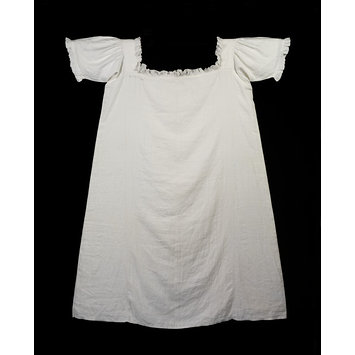
We're well on our way to populating the store with some of your favorite pieces as well as new arrivals, so keep our store on your bookmarks tab!


Bonjour!
First let me assure everyone that A La Folie is not closing its doors. There has simply been a changing of the guard at A La Folie! For those of you who have not met me, my name is Shelley and I have been a partner with Nafissa for several years. Now that Nafissa has needed to step down and take care of personal matters, I am happy to say that very little will change at the store you know and love, except for the ownership.
My passion for the lingerie business and its offerings is now a dream come true. I am committed to carrying the most beautiful fine lingerie, loungewear, jewelry, parfums and so many more objects of desire.
Outstanding customer service and attention to detail will remain our top priorities. Please stop by to say hello, introduce yourself and share with us what you are looking for and let's see how we can help.
Your continued support will be appreciated and valued, as always.
Yours truly,
Shelley Grubb
A La Folie, Owner
shelley@visitalafolie.com
[The Levers' Lace Machine was] originally able to make lace 18 inches in width, [and] was invented in England by John Levers (sometimes spelled Leavers) in 1813. It is the basis of our present-day lace machines... [The Jacquard] can be repeated automatically across the 230 inches of width of machine, thus allowing many breadths of lace to be made at one time.Even though the book quoted above was published in 1932, it's apparent that the Leavers' Lace machine is just as important today, as the lace is still regularly used in lingerie collections. The ability to mass produce beautiful figural laces that were previously only made by hand truly revolutionized apparel manufacturing. Also interesting to note is that machine made lace did not find its beginnings in France as many might think, but in England.
The making of lace by machine is usually conceded to have started in England and the inventors of that country receive credit for most of the major developments in this field. England tried to protect the industry and decreed laws to prevent the exportation of machines. These laws carried penalties of imprisonment and even death. Nevertheless, lace making by machine started in France very early. Perhaps the nearness of Calais to teh English coast may explain the early start of this city as a French center for machine-made lace.
 Typical Chemise, English, 1851 from V&A Museum
Typical Chemise, English, 1851 from V&A Museum Didn't get what you wanted this holiday season? Lucky for you, our January Sale is everything you've been dreaming about... at a fraction of the original price!
Didn't get what you wanted this holiday season? Lucky for you, our January Sale is everything you've been dreaming about... at a fraction of the original price!

 Chic Fashion Week will be the place to check out the latest trends by San Francisco's newest and hottest designers, and it's all for a good cause. This year, Chic Fashion Week will be donating a portion of its proceeds to Until There's A Cure, "a national organization dedicated to eradicating HIV/AIDS by raising awareness and funds to combat this pandemic".
Chic Fashion Week will be the place to check out the latest trends by San Francisco's newest and hottest designers, and it's all for a good cause. This year, Chic Fashion Week will be donating a portion of its proceeds to Until There's A Cure, "a national organization dedicated to eradicating HIV/AIDS by raising awareness and funds to combat this pandemic".


